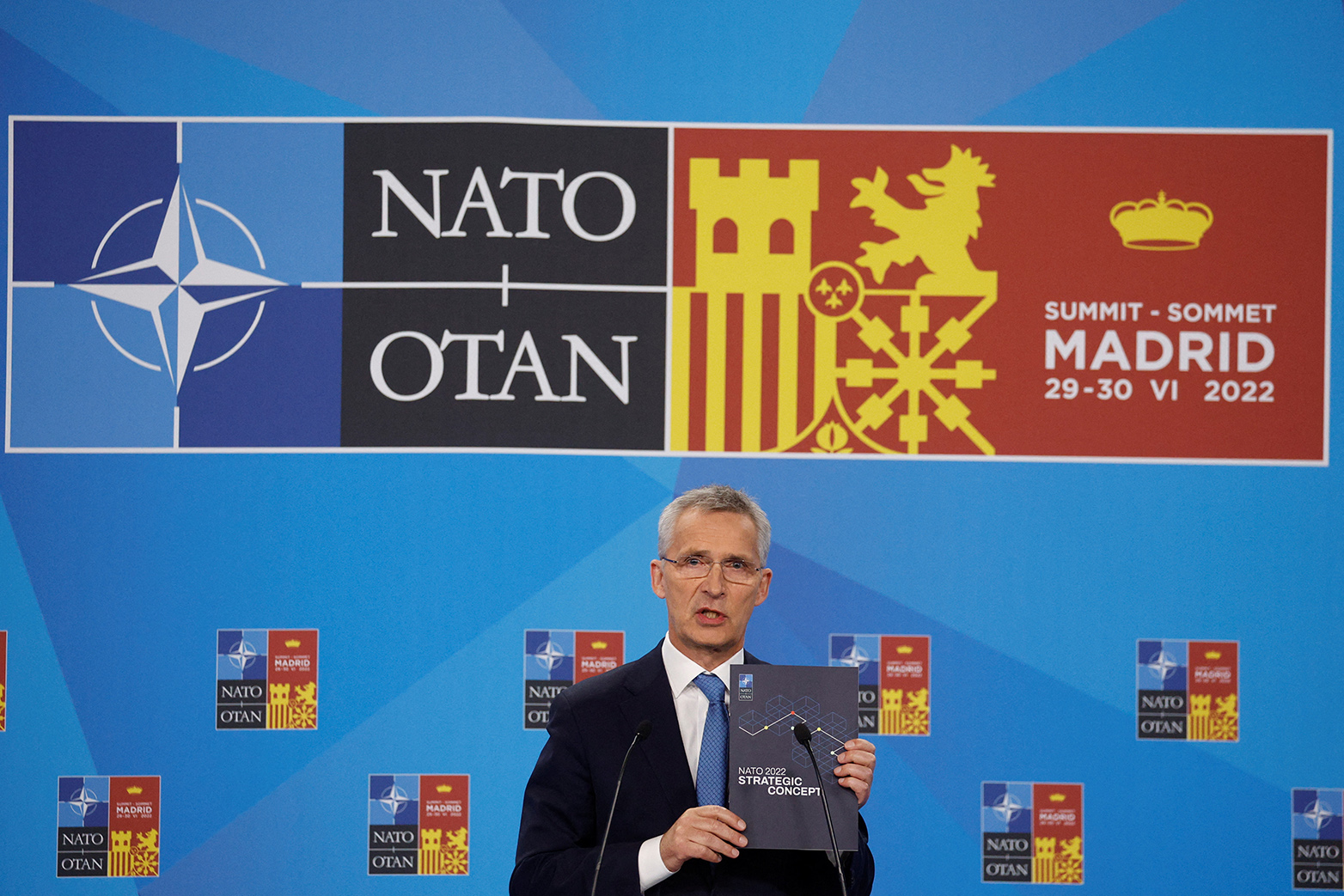NATO’s Strategic Concept: Tempered Ambitions
The Strategic Concept seeks to prepare NATO to deal with the deteriorating security environment over the past decade characterized by Russia’s aggression against Ukraine and the rise of China. Its implementation hinges mainly on the modalities of the alliance’s enhanced deterrence and defense, argues Henrik Larsen in this CSS Analysis.

At the Madrid Summit in June 2022, NATO published its new Strategic Concept, which sits one level below the North Atlantic Treaty in the hierarchy of NATO documents. The Concept is authoritative for the alliance’s direction until 2030, although much will depend on its implementation. A new Strategic Concept was highly overdue given that the previous 2010 Concept referred to Russia as a “strategic partner” and did not mention China at all. The new Concept reflects NATO’s worsening strategic environment wherein Russia and China increasingly seek to defy the Western-led order. For the alliance, Russia’s full-scale invasion of Ukraine launched on 24 February represents a culmination rather than a game changer as the threat posed by Moscow had grown significantly over the past several years.